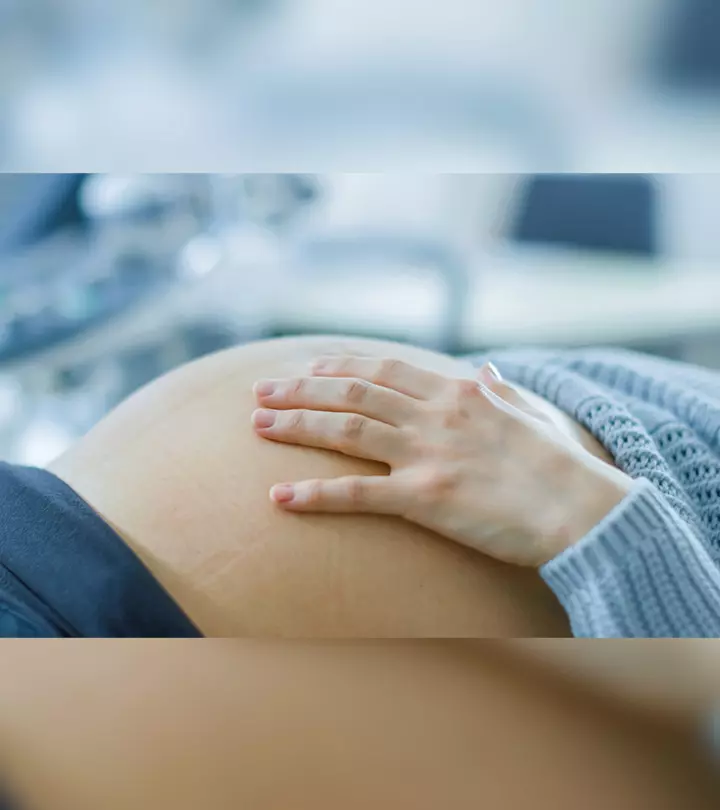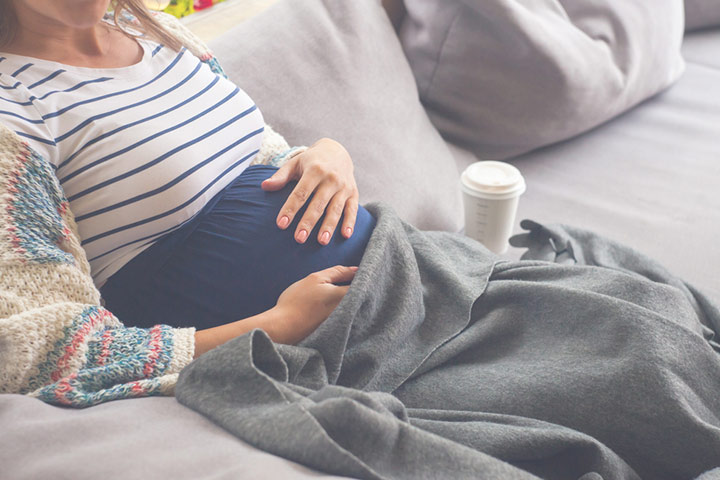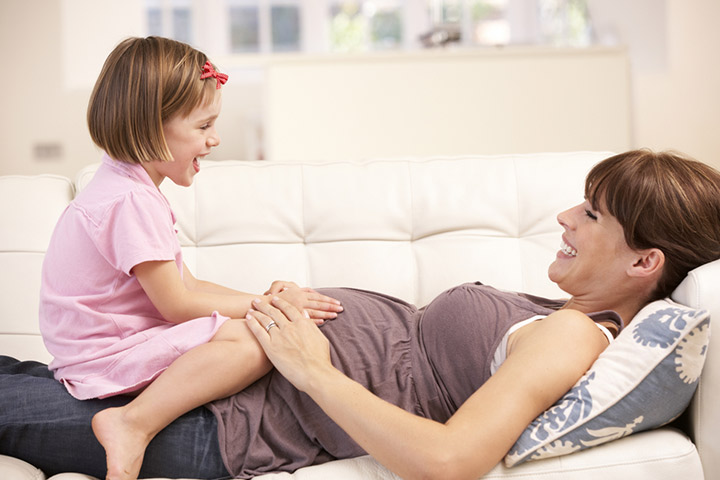
Image: Shutterstock
For most pregnant women, the baby’s movement is an incredible milestone in pregnancy. Feeling their baby kick makes it all so real for expectant moms. Baby movement is generally accepted as a normal part of pregnancy and an indicator of how well the baby is doing. However, not much thought has been put into why babies move inside the womb as parents are mostly just excited to feel their baby’s movements. But science has an explanation as to why babies kick in the womb, and it is not just to keep the mom-to-be up at night.
Here’s Some Insight Into Why Babies Kick
Researchers from India and Ireland have published a new study in the journal, Development which explains why babies move. The scientists involved were from Trinity College, Dublin and the Indian Institute of Technology, Kanpur. The research found that babies move around in the womb as they are developing strong joints and bones (1).
Mouse and chicken embryos were analyzed to understand how movement helps trigger ‘molecular interactions’ which turn the embryonic cells and tissues into functional bones and joints. The cells in a baby’s body either form cartilage or bones depending on the baby’s movement. Movement plays a major role in determining if the baby’s bone development is normal. The study revealed that the babies could end up having brittle bones and abnormal joints if there is less movement inside the womb. Just like us, even babies need to have smooth, lubricated cartilage over their joints for them to have proper movements. Only then can they bend their hands and legs properly. Fascinating, isn’t it?
If there is no embryonic movement, the cells that should be receiving the signal to form cartilage may end up receiving the wrong molecular signal. This way, one type of signal will get lost and an incorrect one will be activated in its place. In other words, the researchers believe that in the absence of movement in the womb, the cells that should be getting the signal to make cartilage will be making bone with the incorrect signal.
Another study which was published in Scientific Reports found that baby kicks can help the fetus in mapping their body and exploring the surroundings. Nineteen newborns who were born between thirty-one to forty-two weeks were examined. The study included premature babies as well. The brainwaves of the fetuses when they were kicking during rapid eye movement (REM) sleep was observed. The scientists found the brainwaves to be faster in premature babies during movements. But as the babies grew older, the fast brainwaves would slowly disappear. It was found that baby kicks in the third trimester helped develop the baby’s brain areas which are associated with sensory input. It was also linked to helping the baby have a sense of their own body, according to scientists (2).
How To Check Fetal Movement
The fetal movement was always accepted as a normal part of pregnancy. We bet the above research has now got you more intrigued in checking your baby movements during pregnancy. After all, an active baby is considered as a healthy baby.
Most pregnant women feel their baby’s first movements between 18-25 weeks of being pregnant (3). It may be hard to recognize the baby kicks at first, but you will soon be able to notice a pattern. It is best to book an appointment with your doctor once your baby starts moving. Most doctors recommend counting the baby kicks to help determine if the baby is doing well. You can time your baby’s kicks, flutters, and swishes by yourself. Look for at least 10 movements under 2 hours. If you feel less movement, you can try again after a few hours. If you do not feel enough movements even in the second try, contact your doctor immediately.















